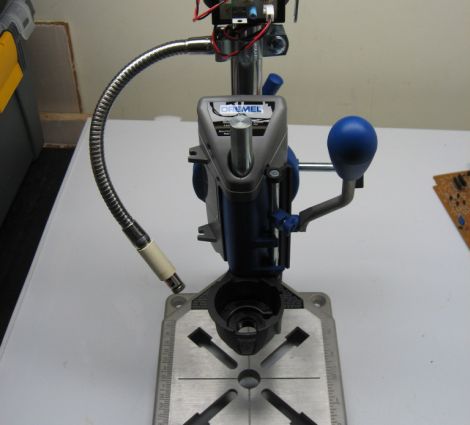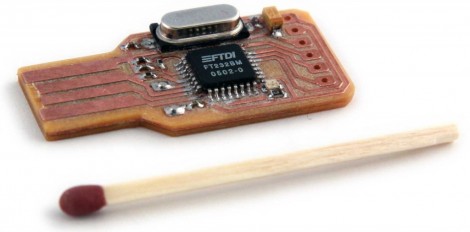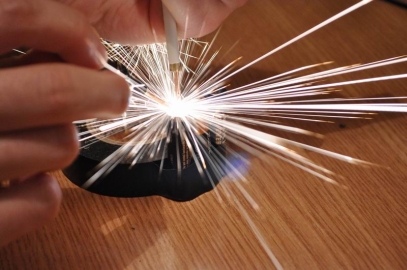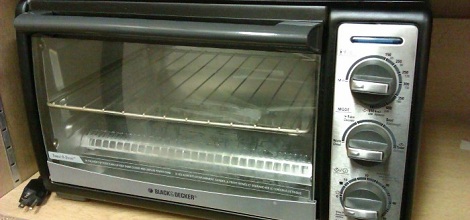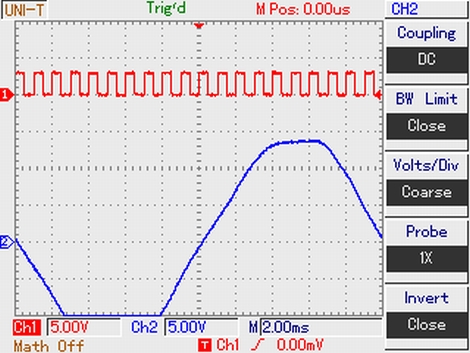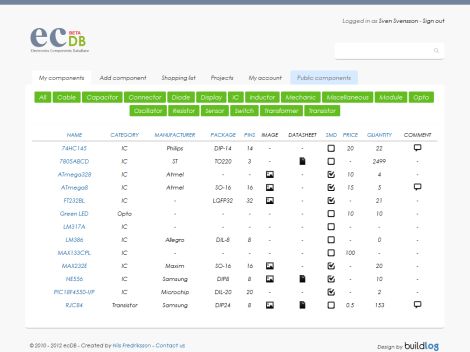
One of the most important tools for any hacker or maker is organization. You might consider it more of a concept rather than a physical tool, but regardless of how you like to frame it, ensuring your tools and components are (nearly) always where they should be is key. As the odds and ends add up, it can sometimes be hard remembering exactly what you have on hand – that’s where the ecDB comes in handy.
Short for electronics component DataBase, the ecDB was created by [Nils Fredriksson], and offers a clean and intuitive way to keep tabs on what you have in-house. Many of us have used spreadsheets and notebooks to do the same, but ecDB allows you to record much more data than you could with either solution.
This is immediately clear within a moment or two of looking at the site’s interface. Not simply limited to listing part names and quantities, ecDB allows you to record manufacturer info, package type, and pin counts, while also allowing you to attach PDF datasheets and images of your components as well.
We really like system that [Nils] put together, and suggest giving it a spin to see if it will help you keep things organized in your workshop.

